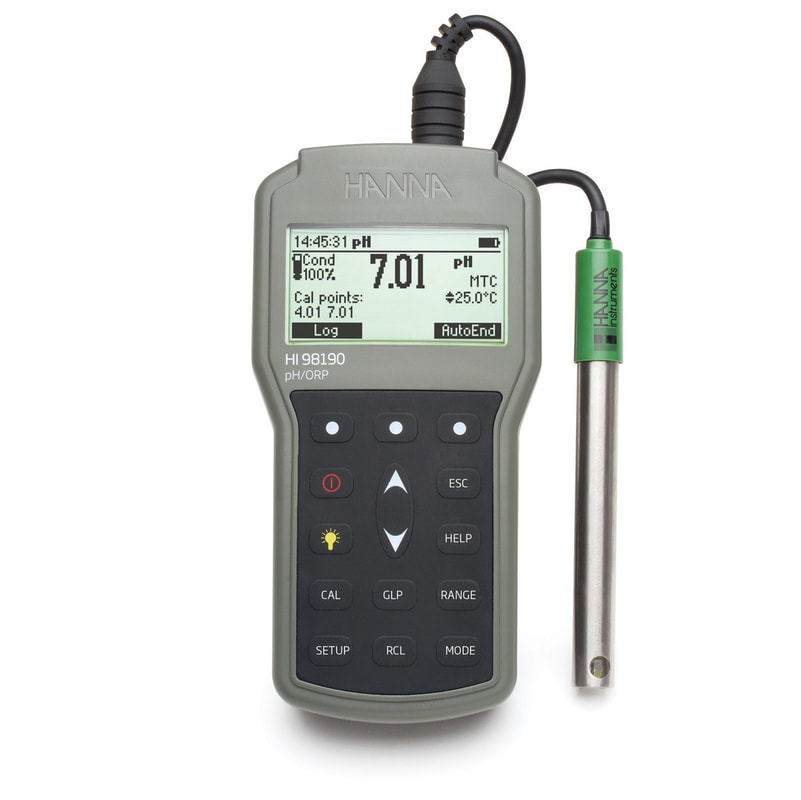Collection systems with long residence will have anaerobic zones. Under highly negative redox conditions (no oxygen or nitrate/nitrite present), microorganisms that can utilize sulfate and organics as electron acceptors begin to grow on influent organics. We call these organisms sulfate reducing bacteria (SRB) and fermentative bacteria. The SRB are responsible for generation of sulfides and H2S, while the fermentative bacteria produce short chain volatile fatty acids. Both cause odors with the sulfide smelling of rotten eggs and the volatile fatty acids having sharp, rancid odors. I will list the most common control methods used in collection systems.
- Increase pH to neutralize acids and increase sulfide solubility in the water phase.
- Using iron (FeCl) to bind with sulfides
- Adjust redox upward (nitrate, hydrogen peroxides, ozone, oxygen diffusers)
- Sulfide scavengers (such as amine solutions)
- Odor masking agents


 RSS Feed
RSS Feed